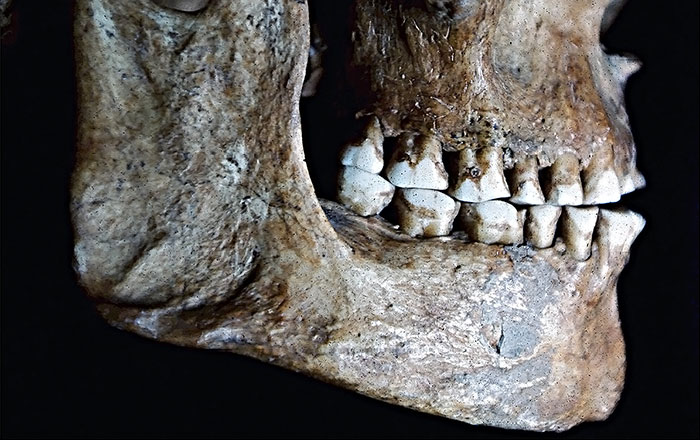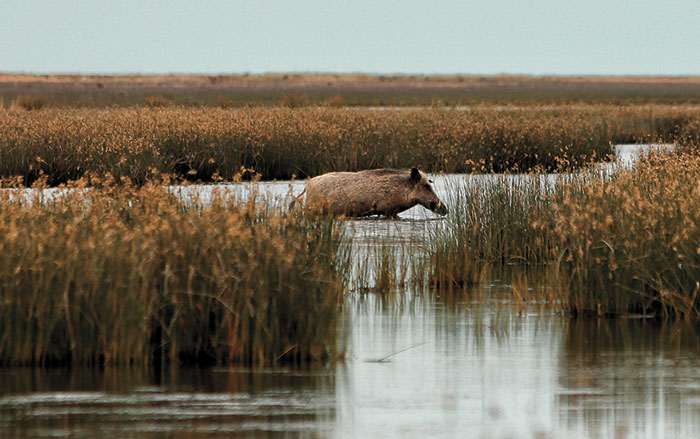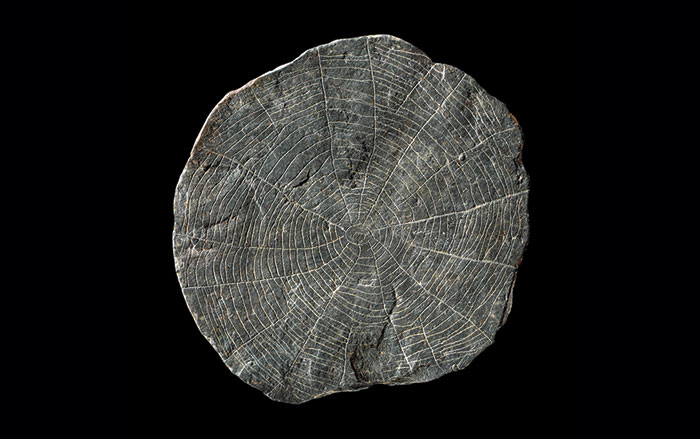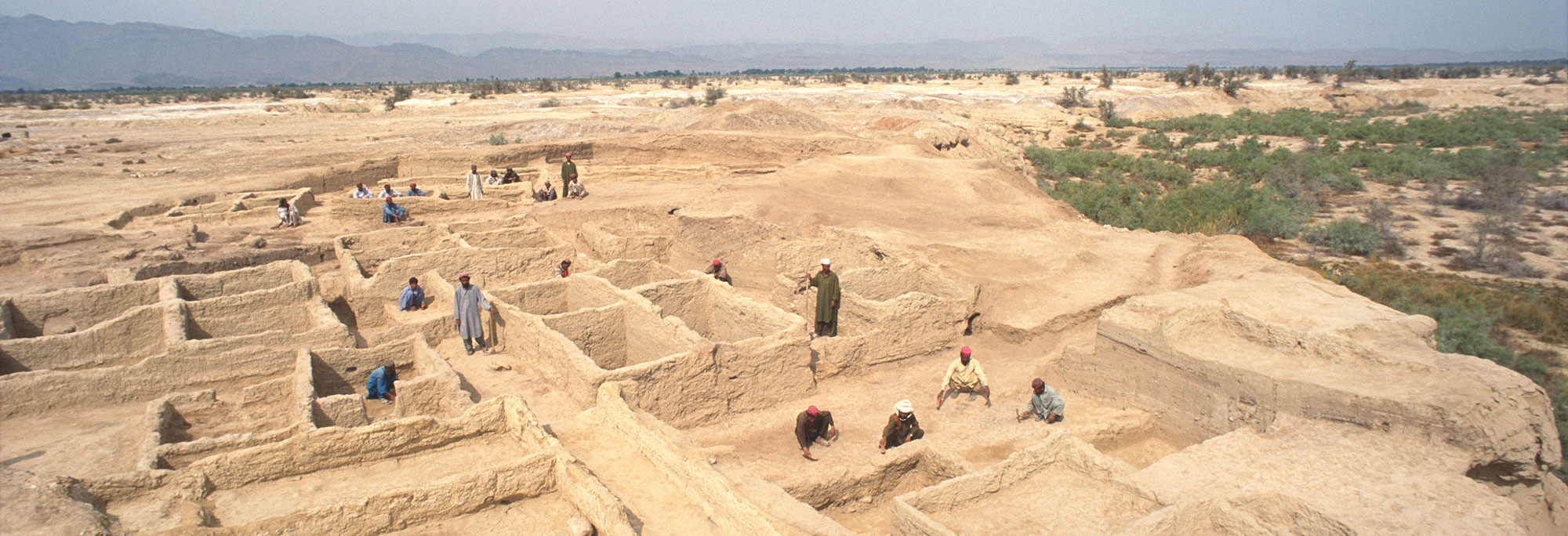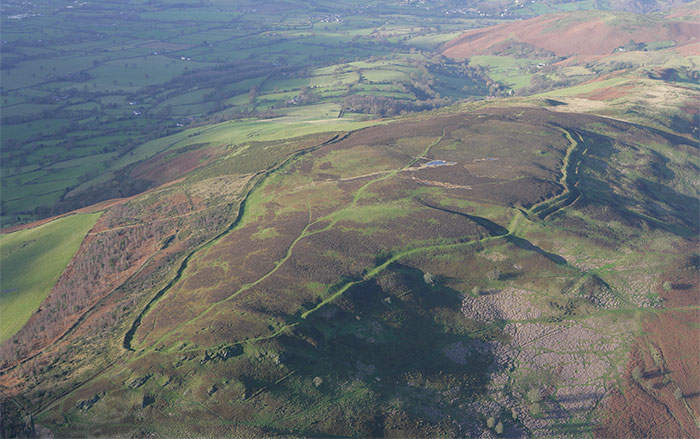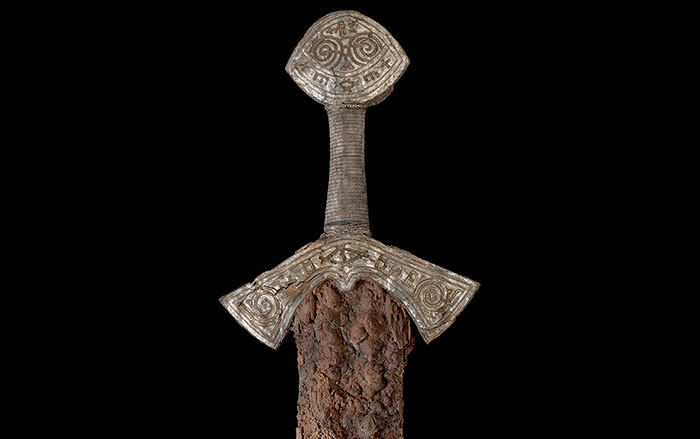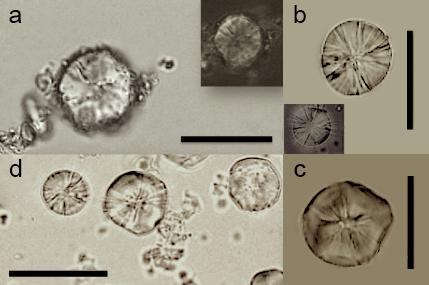
CAMBRIDGE, ENGLAND—Analysis of Neolithic stone tools from the Haua Fteah cave in northern Libya suggests that they were used to process wild plants, at a time when domesticated grains were also available. Giulio Lucarini of the McDonald Institute for Archaeological Research at Cambridge University and his colleagues found microscopic plant residues in the pitted surfaces of several of the well-worn stones. The residues are most likely from Cenchrinae grasses, which, although prickly and hard to process, are very nutritious. This is consistent with research conducted by Jacob Morales of the University of the Basque Country, who found wild plants alone from the Neolithic period at the site. “Haua Fteah is only a kilometer away from the Mediterranean and close to well-established coastal routes, giving communities there access to commodities such as domesticated grain, or at least the possibility to cultivate them. Yet is seems that people living in the Jebel Akhdar region may well have made a strategic and deliberate choice not to adopt the new farming practices available to them, despite the promise of higher yields but, instead, to integrate them into their existing practices,” Lucarini said in a press release. To read more about the period, go to "Neolithic Europe's Remote Heart."


